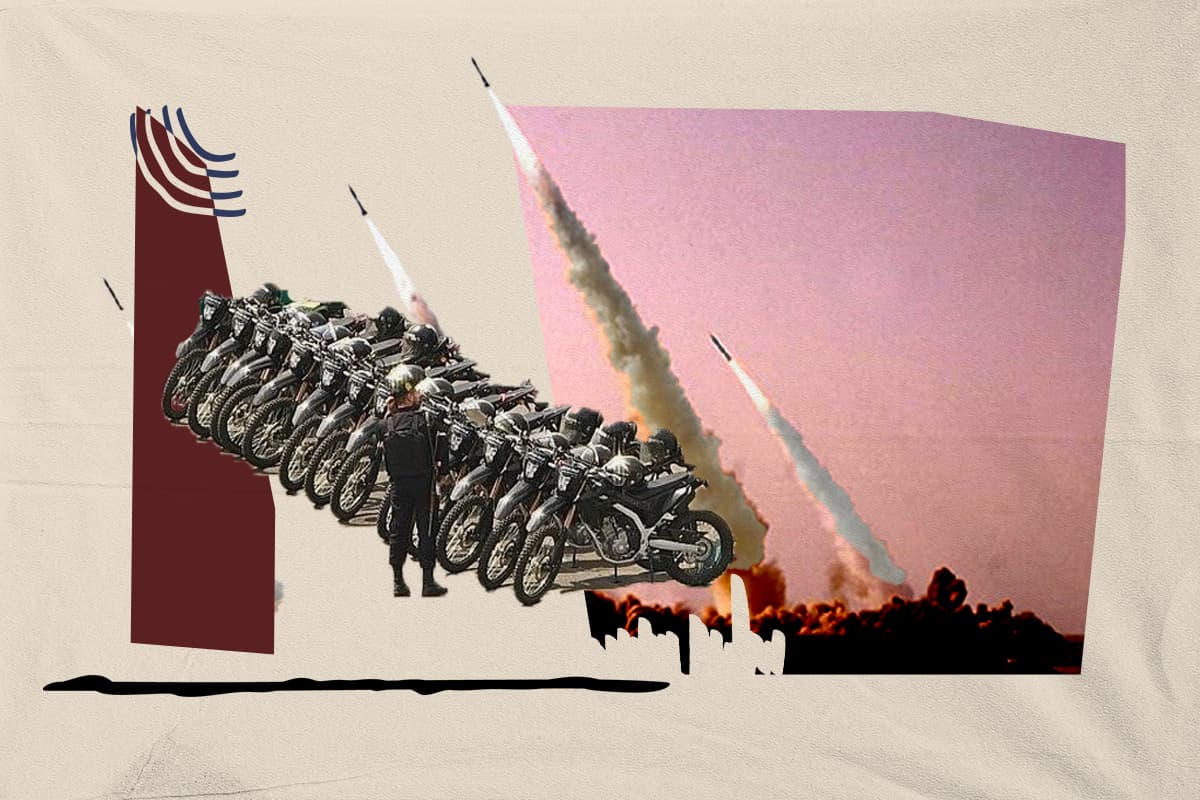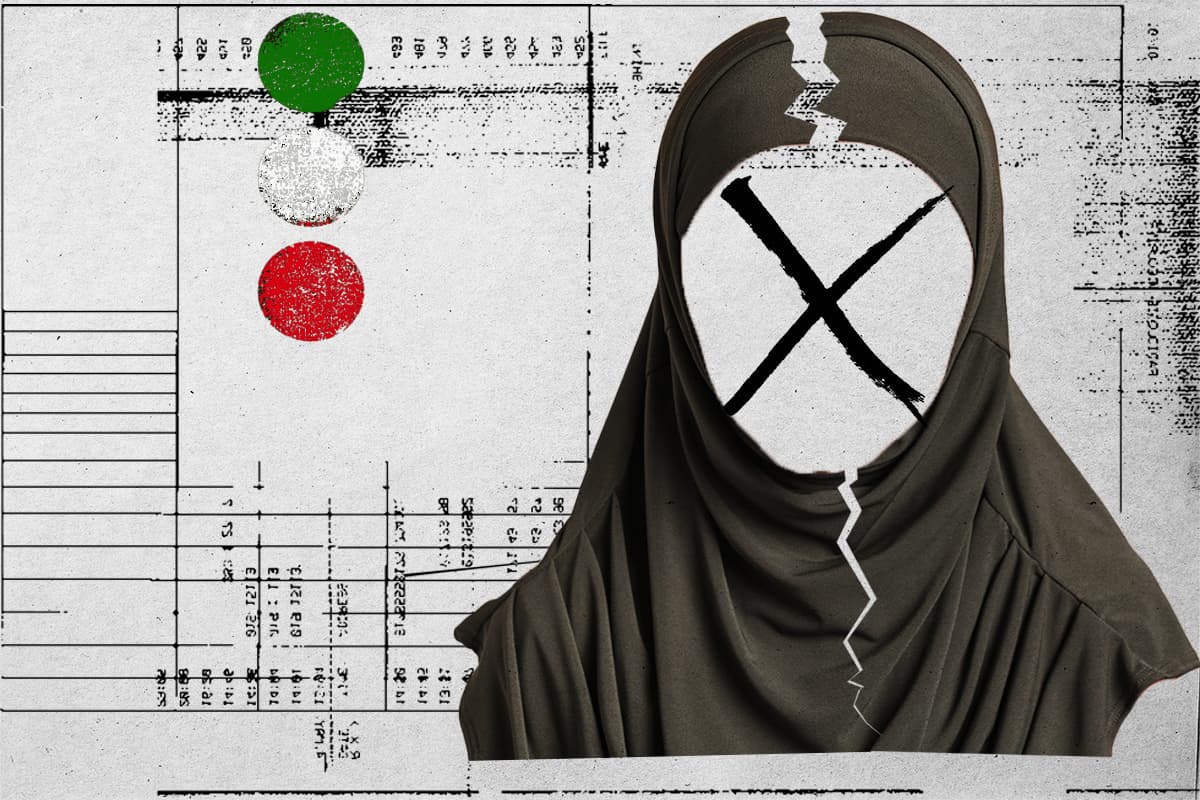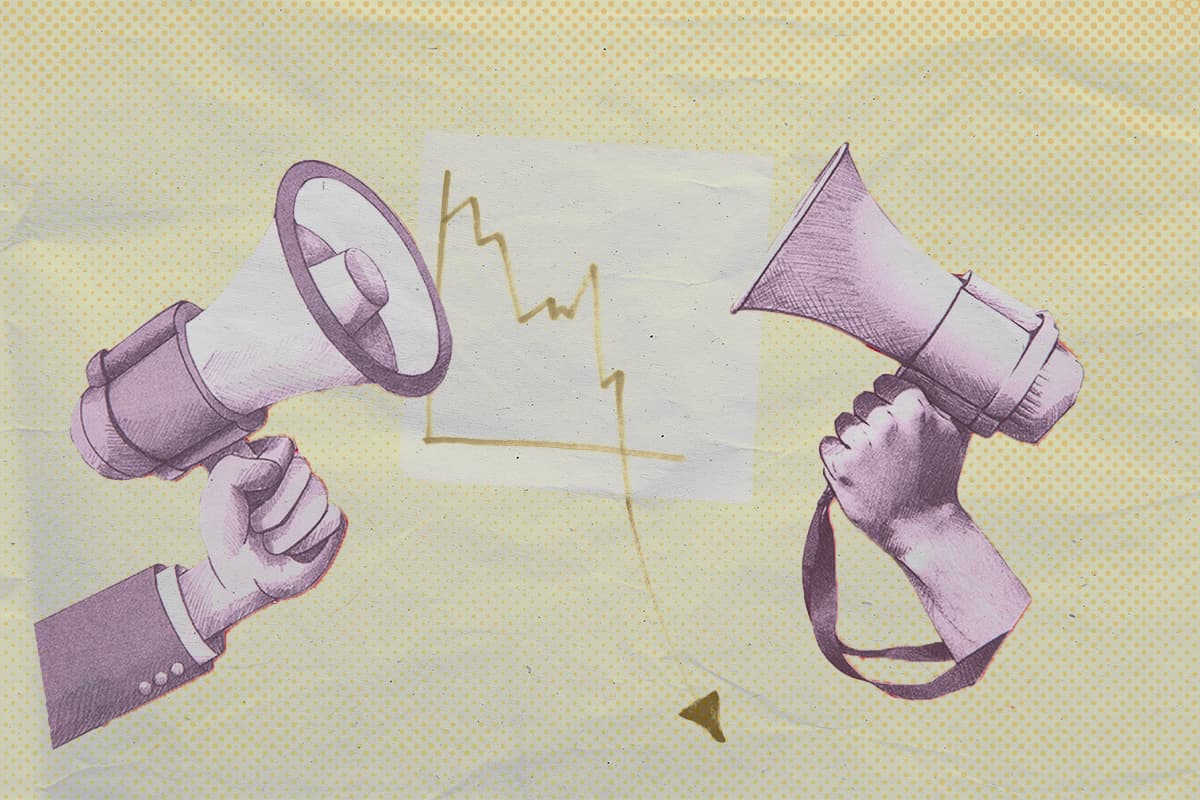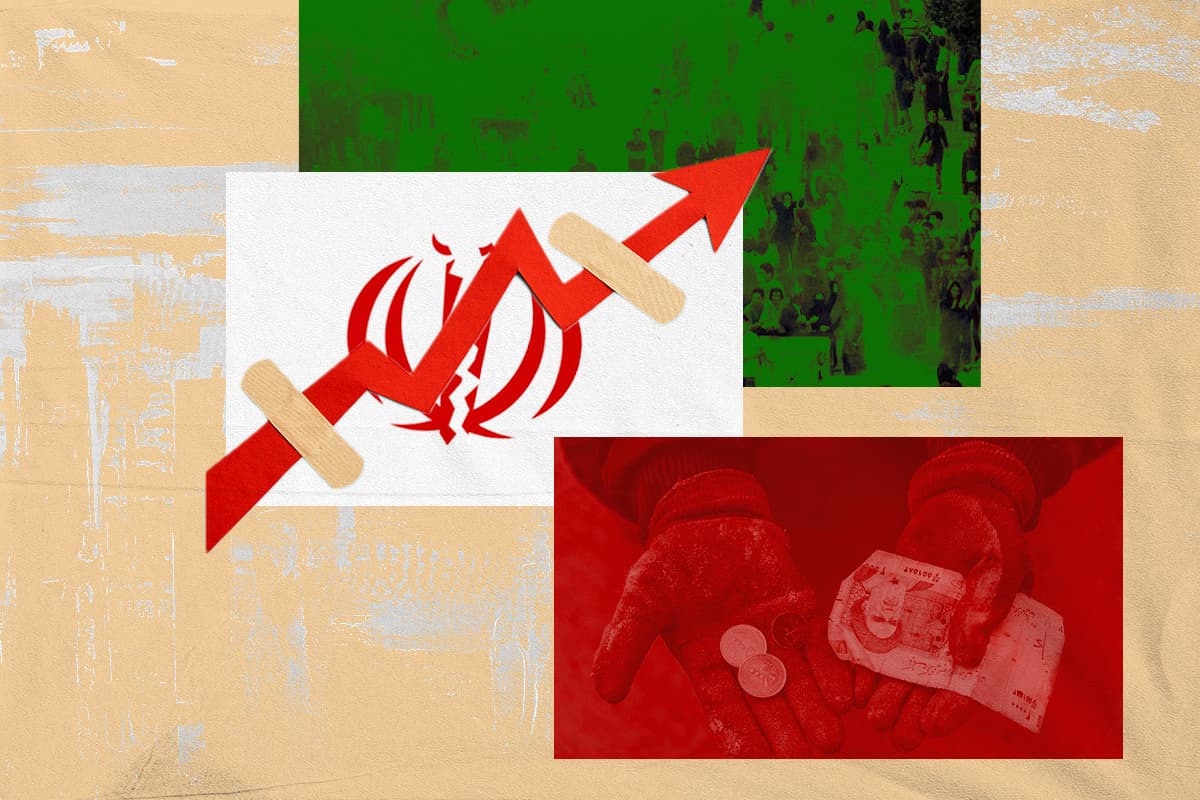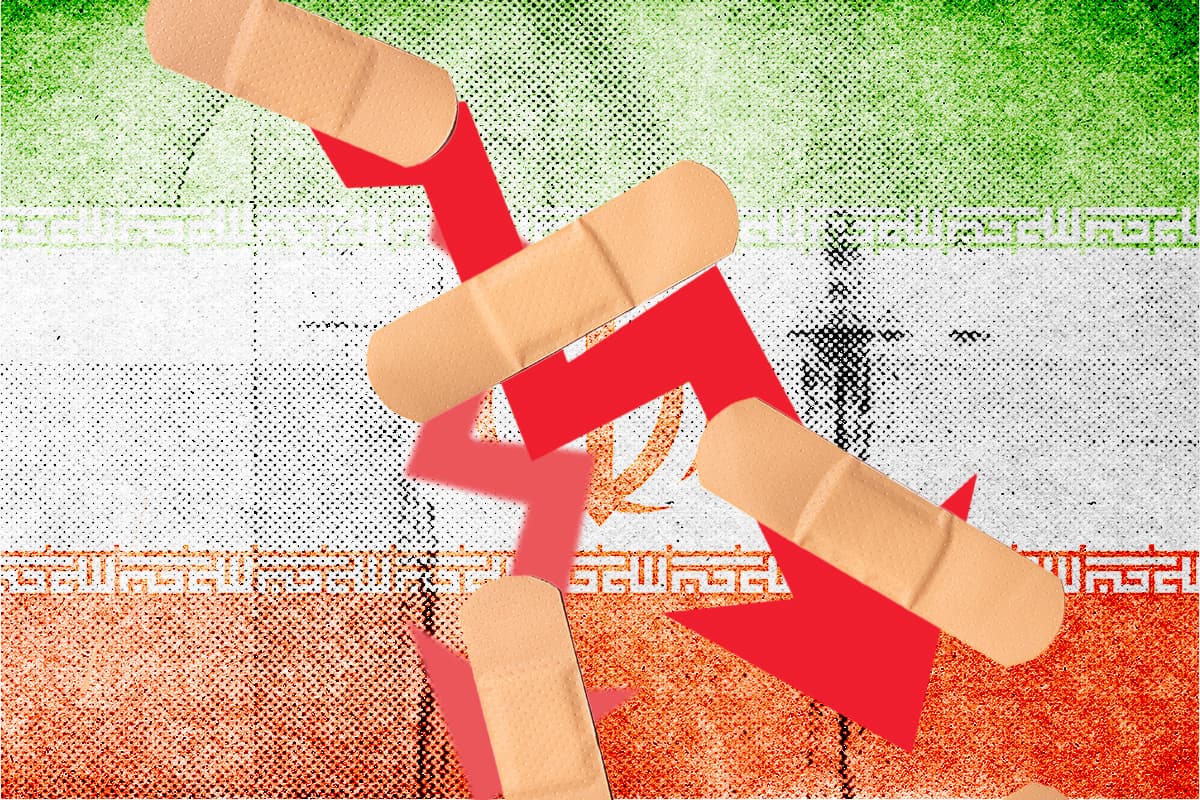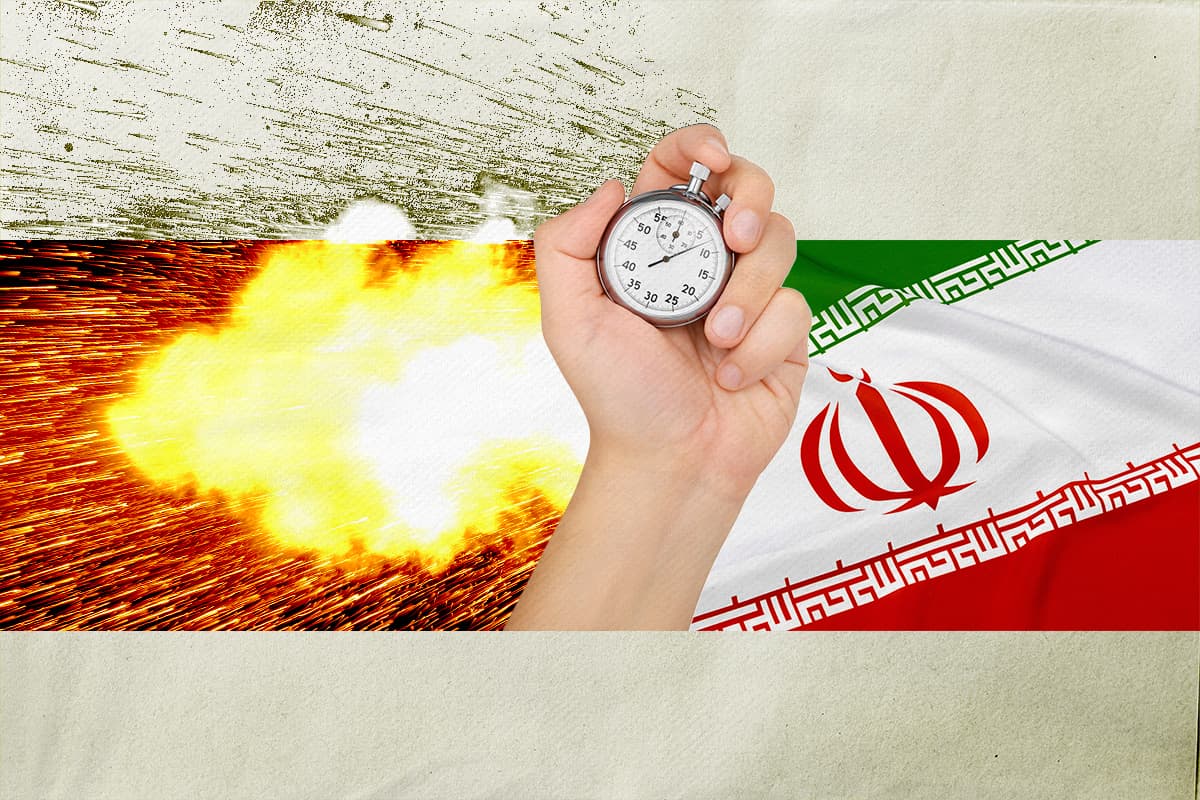Amidst a recent surge in the enforcement of hijab regulations, public attention has shifted sharply towards this display of power on the streets of Tehran. Intriguingly, this crackdown coincides with Iran’s power plays in the region, such as the attack on Israel. While underlying factors driving these two actions may overlap, their objectives and respective trajectories forward could diverge significantly.
As distressing images appear online showing the violent treatment of women, including scenes of individuals suffering from anxiety and panic attacks, observers speculate that these circumstances may trigger a resurgence of protests similar to those in 2022. A notable piece of analysis on X reveals that public sensitivity towards hijab enforcement has quickly overshadowed concerns about tensions between Iran and Israel. Politicians and analysts from diverse viewpoints, spanning from conservative to reformist, unanimously denounce the ill-timed reintroduction of the notorious morality police vans, recognizing their divisive impact on society. They question the wisdom of stoking further divisions and resentment towards the establishment, particularly at a time when national unity is already scarce. An article republished by an outlet closely associated with the Combatant Clergy Association warns against the perilous consequences of sternly enforcing hijab regulations, especially as Iran seeks to assert its regional power. It warns that such actions could provoke widespread protests, potentially undermining any military victories achieved in the recent attacks on Israel. A similar sentiment resonates in reformist outlets, urging authorities to consider the unique circumstances within both the regime and the nation, and to refrain from escalating tensions further.
While there is scant evidence to definitively establish the deliberate timing of Iran’s recent shifts in domestic and international behavior, a shared pattern emerges wherein the establishment appears to grapple with a history marred by prolonged failures and humiliations on both fronts. Although the 2022 protests have subsided from the streets, they have left behind an unprecedented and seemingly unstoppable wave of unveilings. Concurrently, clashes with the establishment have persisted in various forms, including scandalous revelations of high-profile corruption reaching the core of the regime. The recent elections, marked by a record-breaking decline in participation, underscored to those in power the alarming depth of the gap between the populace and the establishment. Similarly, regarding Iran’s attack on Israel, a series of misadventures and humiliating failures on the international stage led those in power to decide that a display of power was necessary to restore deterrence. As one foreign analyst accurately observed, the regime has shifted “from strategic patience to active deterrence”—a change that is evident both domestically and internationally.
Iranian authorities have increasingly ratcheted up their rhetoric, warning about the potential extent of their actions in response to any Israeli retaliation. For instance, IRGC officer Ahmad Haqtalab, who is in charge of protecting nuclear sites, has warned ominously that an attack on Iranian nuclear facilities, or the threat of such an attack to pressure the Islamic Republic, would lead to a shift in Iran’s nuclear doctrine and policies. Recently, analysts like Ahmad Bakhshayesh-Ardestani and former diplomat Abolfazl Zohrehvand have discussed the possibility of resorting to nuclear options should Iranian nuclear facilities be targeted. Such rhetoric, especially coming from an IRGC officer, suggests a potential shift in the Islamic Republic’s nuclear policies, moving away from previous public assurances that Iran had no military objectives for its nuclear program. The exaggerated rhetoric in hardline media outlets, portraying Iran as the “architect of a new regional order”—though seemingly targeted at a domestic audience—reflects concerns about the country’s eroded international and regional stature. At the same time, Iran has shown signs that could be interpreted as a willingness to act responsibly in its engagements with the UN, its neighbors, and specifically the IAEA. In other words, it is difficult to assert that the Islamic Republic is on the brink of going rogue, as it continues to seek international recognition.
Domestically, however, decision-makers seem to have concluded that gaining public acceptance is highly unlikely, but they believe that maintaining order through intimidation is feasible, even if only temporarily. Sources close to the situation, such as cleric Jalil Mohebbi, an ally of Majles Speaker Mohammad-Baqer Qalibaf and former member of the task force to enforce morality, claim that the new initiative for hijab enforcement is solely the work of the Ra’isi administration. While the Guardian Council has yet to approve the controversial hijab bill, these rotating cycles of intensified enforcement by various entities, such as the administration or the Tehran municipality, might aid those in power in curbing the rise of public defiance.

